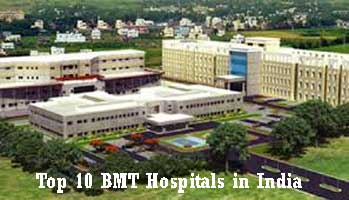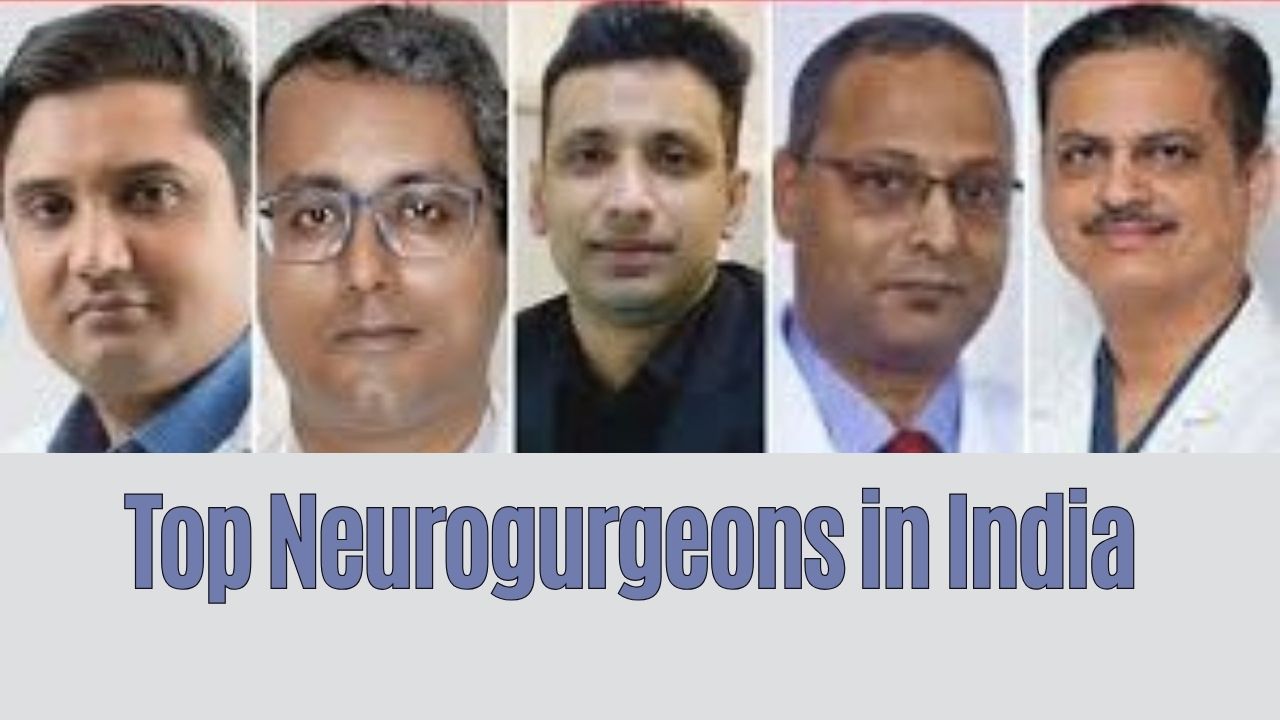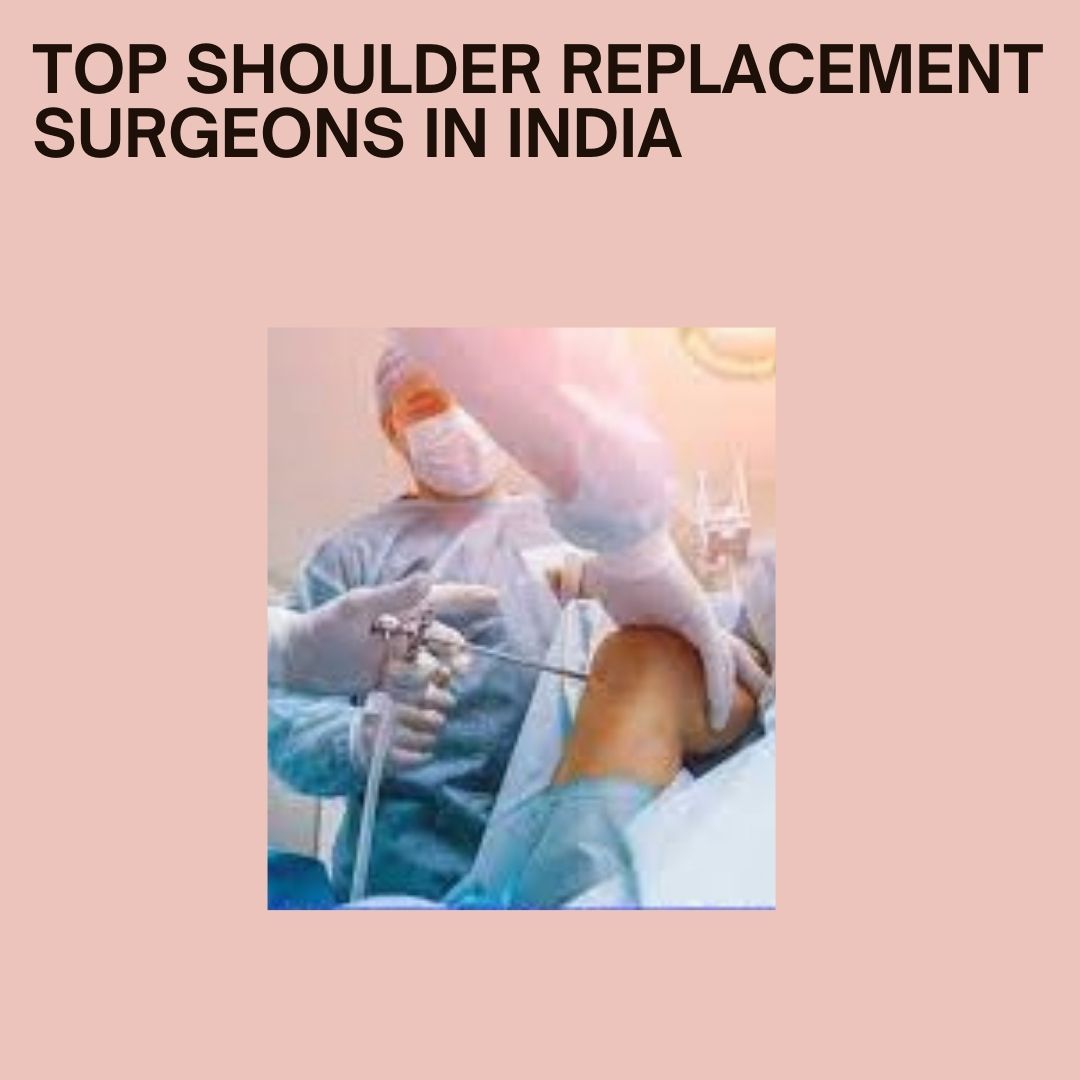
Bone marrow is a soft, semi-solid tissue which is found in the cancellous of the bone. It builds bone marrow stem cells and other substances, which later on produce blood cells. In an adult human, bone marrow is located in ribs, vertebrae, sternum, and pelvis bone. It makes components of blood that is needed to survive. It is an important part of the body, and absence of which can be fatal. It comprises approximately 5% of the total body mass in a healthy adult human.
In a human body, per day, the bone marrow produces approximately 500 billion blood cells, which join the blood circulation through permeable sinusoid within the medullary cavity. The bone marrow makes billions of red blood cells that carry oxygen, white blood cells which are responsible to prevent infection and platelets to control bleeding.
Two types of bone marrow are there, which are denoted by colours. The two types of bone marrow are red and yellow, which depends upon the majority of the hematopoietic (red) or fatty (yellow) tissue:
- Red: The red bone marrow produces blood. The stem cells in the red bone marrow create red blood cells, white blood cells and platelets, which are all components of blood. Red bone marrow contributes, along with the liver and spleen, to the destruction of old red blood cells.
- Yellow: Yellow bone marrow works as the store house for fats. The two types of stem cells in the yellow bone marrow, the adipocytes stem cells and the mesenchymal stem cells preserve fat for production of energy and development of bone, cartilage, muscles, and fat cells body. The yellow bone marrow also converts to red under certain conditions like fever or severe blood loss.
Yellow bone marrow is in the central cavities of the long bone and it is surrounded by a layer of the red bone marrow with a long trabecula inside a sponge like reticular structure.
A newborn baby’s bones contain red marrow, and it converts to yellow with the progression of age. In some circumstances of chronic hypoxia, the body convert yellow marrow to red to increase the blood cell production.
The bone marrow first develops in the clavicle, before birth and towards the end of fetal development. It becomes active after 3 weeks and it takes over from the liver as a major hematopoietic organ in about 32 to 36 weeks of the gestation period.
The stroma of bone marrow consists of all tissue, but are not directly involved in the primary function of haematopoiesis. They are indirectly engaged in haematopoiesis, by providing an environment which influences the function and the differentiation of the hematopoietic cells. For an example, they produce colony stimulating factors, which have an important effect on haematopoiesis. There are various types of cells that constitute the bone marrow stroma, they are- fibroblasts also known as reticular connective tissue; macrophages, that contribute to the production of the red blood cell, as they provide iron for haemoglobin production; adipocytes, the fat cells; osteoblasts that synthesize the bones; osteoclasts, to resorb bone; endothelial cells which forms the sinusoids.
A healthy bone marrow is very important for a wide range of systems and activities. The bone marrow functions can be described as follows:
The bone marrow stroma contains MSCs that is mesenchymal stem cells, which are also known as marrow stromal cells. They are multipoint stem cells which can differentiate into cell types. MSCs differentiate between vitro or vivo, in osteoblasts, chondrocytes, myocytes, marrow adipocytes and beta-pancreatic islets cells.
The blood vessels of the bone marrow comprise a barrier that inhibits immature blood cells from leaving the marrow. Matured blood cells contain the membrane proteins, such as aquaporin and glycophorin which are required to get attached to and to pass the endothelium blood vessel. The hematopoietic stem cells may cross the bone marrow barrier, acquired from blood.
The red bone marrow is an essential component of the lymphatic system, being one of the important lymphoid organs which generate lymphocytes from immature hematopoietic progenitor cells. The bone marrow and the thymus contain the main lymphoid tissues which functions in the production and the early selection of lymphocytes. The bone marrow also performs a valve like function to stop the backflow of the lymphatic fluid in the lymphatic system.
In the bone marrow, biological categorization is obvious in which certain type of cells tend to accumulate in some specific areas. For example, erythrocytes, macrophages, and their precursors summon around blood vessels, whereas granulocytes gather at the edge of the bone marrow.
There are certain conditions and disorders that affect the bone marrow:
Leukaemia, which is a blood and bone marrow cancer, is a common disease that directly targets the bone marrow. When a cell mutation occurs in the bone marrow and the mutated cells multiply uncontrolled, thus reducing the production of the normal healthy cells.
Due to the abnormal functioning of the bone marrow, blood related conditions occur, since the bone marrow is the institution for creation of blood cells. The common symptoms of these bone marrow conditions can be- bleeding, bruising, fatigue, frequent infections, muscle weakness. The normal bone marrow structure can be damaged or dislocated by the following conditions or diseases:
- Multiple myeloma- where the body produces cancerous plasma cells in the bone marrow.
- Aplastic anaemia- where the bone marrow does not produce enough blood cells. This happens to people of aged between 15 and 30. The person may have this condition at birth, or of certain drugs chemicals or radiation. The symptoms can be fever, weakness, skin haemorrhages. A severely affected person may die until and unless he receives a normal bone marrow transplant.
- Polycythemia vera- in this condition the body produces too many red blood cells that causes the blood to thicken.
- Myelodysplastic syndromes- where a group of diseases classified by the bone marrow are not producing enough healthy blood cells. In general terms, this condition is also known as anaemia.
- Leukaemia- it is a cancer of the blood which starts in the bone marrow. The symptoms can be anaemia, bruising, nose bleeds. And the treatment of this caner is chemotherapy and radiotherapy, also a bone marrow transplant from a healthy compatible person.
- Reticulum cell sarcoma of bone- this is a cancerous tumour of bone marrow, which occurs more often in males than in females. The symptoms include pain and swelling, and the treatment includes radiotherapy.
- Defective immune system- in this case, children are born with a poor immune system and are unable to fight diseases. Sometimes blood transfusion helps but in most cases the person only responds to bone marrow transplant.
Since the white blood cells that are produced in the bone marrow are involved in the immune system of the body, therefore bone marrow transplant has been used to cure certain types of immune deficiency and haematological disorders like leukaemia.
To diagnose diseases of the bone marrow, a bone marrow examination is done. This examination involves using a hollow needle to collect a sample of red bone marrow from the crest of the ilium under local or general anaesthesia.
There are two types of tests done to check the health of the bone marrow: bone marrow aspiration and bone marrow biopsy. In diagnosing certain diseases, the bone marrow examination proves to be helpful, especially those, which are related to blood and blood forming organs because it gives the information on the blood production and iron stores. Bone marrow aspiration is one of the processes which involves direct removal of a small amount of bone marrow, about 1 ml. It is done by suction through a hollow needle. The needle is inserted into the hip or the sternum in adults and into the upper part of the tibia that is the larger bone of the lower leg in children. The requirement of the bone marrow aspiration is generally based on former blood reports and is generally useful in providing information on different stages of the immature blood cells.
In the procedure of bone marrow transplant, it is important that the bone marrow donor and the recipients matches each other. There are many red cell groups also known as blood groups, likewise there are also different white cell groups known as tissue types. The best tissue type matches generally with a family member, especially brother or sister. Since there are large numbers of tissue types, there is a chance of getting only one matched donor among the thousands who is not a family member.
The bone marrow transplant procedure involves infusing of healthy blood forming stem cells into the recipient’s body to replace the bone marrow which is not producing enough healthy blood cells. Bone marrow transplant is also known as stem cell transplant.
These are the types of bone marrow transplant-
- Allogenic stem cell transplant- people receive their own stem cells from their peripheral or cord blood to restore bone marrow.
- Autologous stem cell transplant- here people receive stem cells from a donor who may be sibling, parent or maybe unrelated.
- Syngeneic transplant- where people receive stem cells from their identical twins.
- Haploidentical transplantation- this treatment option is for those people who do not have a human leukocyte antigen identical matching donor.
- Umbilical cord blood- in this process, stem cells are removed from a newborn baby’s umbilical cord right after birth. Stem cells are stored and freezed until they are required for transplantation.
In this procedure, the recipient is treated with a heavy dose of chemotherapy or radiotherapy by which the diseased cells are destroyed. Then the donor’s marrow cells are injected into a vein of the recipient and the marrow finds the bones and settles into the cavities.
Bone marrow transplant can be beneficial for people with a variety of both cancerous and non-cancerous diseases like: acute leukaemia, aplastic anaemia, bone marrow failure syndromes, chronic leukaemia, immune deficiencies, neuroblastoma, plasma cell disorders.
Bone marrow transplant hold many risks, they include: graft-versus-host disease. Stem cell failure, organ damage, infections, infertility, new cancers.
Bone Marrow Transplant Cost in India
The average bone marrow transplant cost in India ranges from 15,00,000 INR to 40,00,000 INR. Bone marrow transplant price in India also depends on different hospitals. The best bone marrow transplant hospital in India has different prices. There are some factors that affect the bone marrow transplant cost in India, like- tests and examination, surgical procedure and hospital charges, post-transplant care and charges, consultation fees of best doctors for bone marrow transplant in India also is one of the reasons.
The price of bone marrow transplant in India for an unrelated donor ranges from 50,00,000 INR to 75,00,000 INR.
Top 10 best Bone Marrow Transplant Hospitals in India
Top 10 best Hospital for Bone Marrow Transplant in India are:
- Indraprastha Apollo Hospital New Delhi,
Sarita Vihar, Delhi Mathura Road, New Delhi, Delhi 110076 India.
- Fortis Hospital Gurgaon,
Sector 44, Opposite HUDA City Centre Gurgaon Haryana 122002 India.
- Medanta – The Medicity Hospital, Gurgaon
The Medicity Sector-38 Gurgaon Haryana 122001 India.
- Max Super Speciality Hospital, Saket, New Delhi
Press Enclave Road, Mandir Marg, Saket New Delhi 110017.
- BLK Super Speciality Hospital New Delhi
Pusa Rd, Radha Soami Satsang, Rajendra place New Delhi, Delhi 110005 India
- Kokilaben Dhirubhai Ambani Hospital Mumbai
Rao Saheb, Achutrao Patwardhan Marg, Four Bungalows, Andheri West, Mumbai, Maharashtra 400053, India
- Artemis Hospital Gurgaon
Near Unitech Cyber Park, Sector 51 Gurgaon Haryana 122001 India
- Global Hospital Chennai
439, Cheran Nagar, Perumbakkam, Chennai Tamil Nadu 600001 India
- Saroj Super Speciality Hospital
Bhagawan Mahavir Marg, near Madhuban Chowk, Block A, Sector 14, Rohini, New Delhi, Delhi 110085 India.
- Apollo Proton Cancer Centre, Chennai
4/661, Dr Vikram Sarabhai Instronic Estate 7th St, Dr. Vasi estate Chennai 600096 India
Top 10 best Bone Marrow transplant Doctor in India
Best bone marrow transplant doctors in India are as follows:
- Dharma Choudhary, Sanar International Hospital, Gurgaon
- Satya Prakash Yadav, Medanta- The Medicity, Gurgaon
- Ashok Vaid, Medanta- The Medicity, Gurgaon
- Vikas Dua, Fortis Memorial Research Institute, Gurgaon
- Gaurav Kharya, Indraprastha Apollo Hospital, New Delhi
- Soumya Bhattacharya, Apollo Gleneagles Hospital, Kolkata
- M. P. Ram Prabhu, Global Hospitals, Chennai
- Pawan Kumar Singh, Artemis Hospital, Gurgaon
- Kamal Verma, Artemis Hospital, Gurgaon
- Chezhian Subhash, MIOT International, Chennai
My Med Trip is a well-known healthcare and medical tourism company in India. We are offering complete medical tourism services in India for foreign patients. People come to India for medical treatment mostly from African countries- Kenya, Egypt, Nigeria, South Africa, Ethiopia, Rwanda, Uganda etc. We also provide free medical consulting online with appointment in the best hospitals with top doctors in India. Some of our main medical tourism services are kidney transplant cost in India, spine surgery, liver transplant cost in India, lung transplant, liver cancer treatment in India, BMT hospitals, best kidney transplant hospital in India, knee replacement, hip replacement surgery cost in India, orthopedic hospitals, shoulder replacement in India, skin cancer, brain tumor surgery cost in India, knee surgery, top heart hospital in India, cancer treatment, breast cancer surgery cost in India, eye treatment, best liver transplant hospital in India, liver cancer, best cardiologist in India etc.







